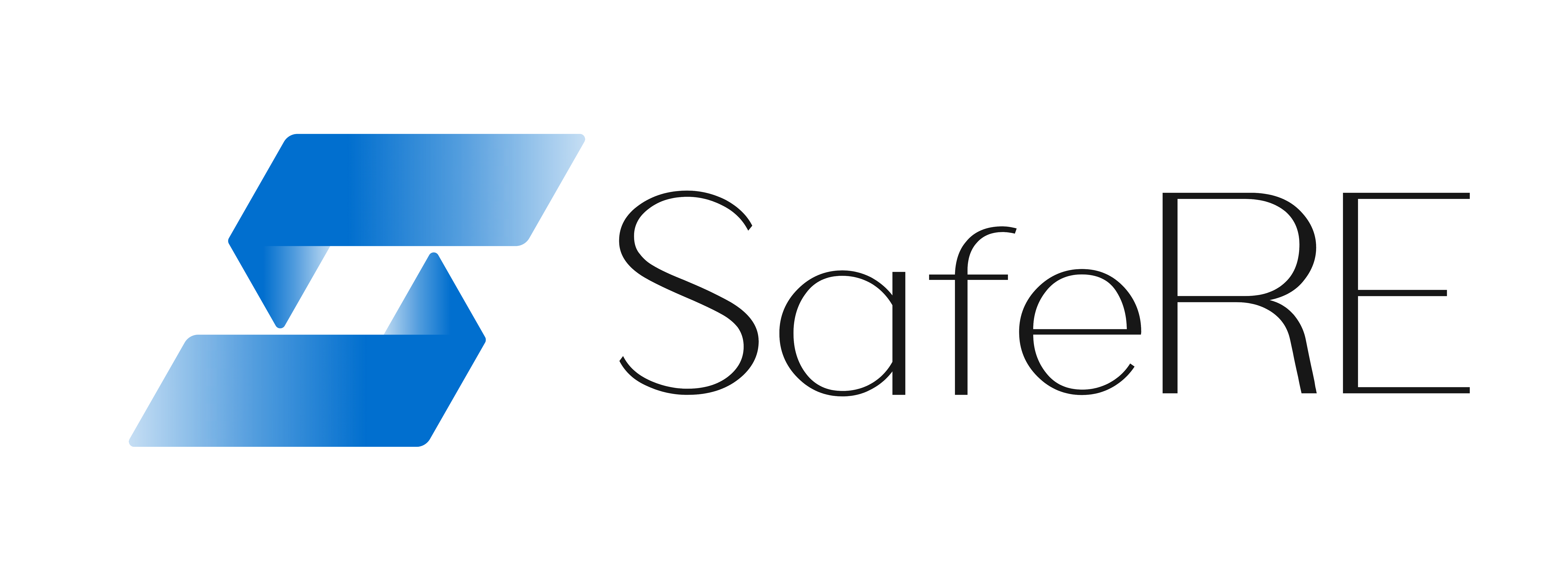
Introduction: Does tokenization make sense for the investment funds industry?
The opportunity to tokenize investment fund units is today possible with relatively little effort. While the regulatory framework needs to be taken into account, the process and speed improvements, the security enhancements and the information transparency of a blockchain-based platform create significant benefits for investors and fund managers. From the traditional off-line fund model with paper-based processes and distribution via intermediaries the industry has moved to an on-line fund model with increased distribution reach, but without significant changes to cost structures. The tokenization of fund units is taking this semi-evolution further toward a real revolution. At SafeRE, we conduct a deep digitization of operational, marketing and distribution aspects of the fund business and this results in significant cost and risk reductions.
The fund industry is one of the largest industries in the field of capital investment, with assets of USD 71.1 trillion in regulated open-end funds globally and impressive growth rates. Problems associated with investment funds though are many. The market is opaque as are the high fee levels, the products are sold rather than enjoying active demand, and too many intermediaries are involved in the sales process making fund investment an expensive undertaking. “Exchange Traded Funds (ETF)” get around some of these problems. Their disadvantage, however, is that they do not have a cross-index portfolio structure and their offering, therefore, only covers a limited investment universe.
What we have to ask ourselves and answer then are two questions:
- Is there a technical possibilities to digitally lower cost of funds distribution, management and trading?
- Is the blockchain technology using security tokens the solution for the funds industry?
What are the fund management industry’s problems?
Let me first get into a little more detail about the problems of investment funds:
- Many intermediaries are involved in various aspects of a fund product, not all of which are necessary from a regulatory point of view, but they produce compliance issues, security problems and cost, which must be borne by the transaction participants.
- There are a large number of interfaces and no uniform databases. Considerable, often manual, processes and reconciliation efforts are required, resulting in even more cost levied on the clients.
- Manual and reconciliation work results in long processing times, which in practice are partly reflected in settlement times of t+3 to t+4, obviously not a very client-friendly situation.
- Transaction cost are high, mostly because intermediaries like banks and brokers charge fees that are based on outdated processes causing operational cost for any buy or sell transaction to be artificially inflated.
- The distribution of investment funds is not innovative, doesn’t make use of today’s digital tools and hardly meets the expectations of generations Y, Z and younger.
The result of these problems is that the investment fund industry is running a high risk of losing tomorrow’s investors unless it makes significant changes.
When fund managers tell me “We have always done it this way”, or “The regulatory regime leaves us no choice to do anything new”, my response is that those who do not try new things as technology enables them, will be left behind by competitors who do try. Indeed, it is possible to satisfy regulatory requirements even better when using blockchain technology because it is more precise and safer than the traditional tool set. Generally existing security regulations apply mutatis mutandis to crypto fund shares. Singapore allows DLT-based tokenization as long as security regulations are fulfilled and thus lays the foundation for a significant digitalisation & innovation push within the fund industry.
Blockchain as an innovation booster?
Even if the use of tokenization is possible in principle from a regulatory point of view, many people still ask themselves what the advantages are and what the point is if initially only the fund shell is tokenized, but the assets managed in the fund are not.
In SafeRE’s tokenization practice, the economic value and rights derived from pre-existing real assets is linked or embedded to blockchain-based tokens, acting as a store of value. Such security token is therefore unique to the underlying fund or asset. Important to remember, each security token is fund- or asset-backed and therefore in a completely different asset category than crypto-currency. Security tokens issued, exist on the chain (‘digital twin’), while the real assets on the back of which the tokens are issued continue to exist in the “off-chain” world. These tokenized fund units are completely dematerialised and can be transferred using the blockchain technology. In this context, the term blockchain-traded funds (BTFs) has been established. It is deliberately based on that of ETFs and thus suggests an alternative form of transfer outside of classic fund or stock exchanges.
Through BTFs, fund managers can distribute their investment funds in addition to the classic distribution channels via distribution partners like banks and insurance companies, and exchanges (via ETFs). The arguments against digital distribution remind us of the 1990s, when ETFs were launched for the first time. It is though impossible to imagine the market today without them and they have taken significant market share from traditional investment funds. Particularly with regard to the next generation of investors, a token-based form of funds is a strong argument in favour of BTFs, because younger investors behave more digitally and are receptive to token-based capital investments.
In addition to the distribution advantages SafeRE’s digital platform provides holistic solutions to replace manual-intensive activities with automated processes whereby considerable efficiency gains can be realised. Those include the automation of KYC/AML processes, the availability and updating of fund information, and the optimisation of the client payment processes. Reconciliation activities and efforts are also eliminated, as all parties involved are based on an unchanging blockchain database. Transactions are done in real-time and friction free, which completely takes out any transaction cost. Combined with SafeRE’s philosophy to return such cost gains to the transactions participants, i.e. the investors and the fund managers, a revolution for the funds management industry is about to take place.
Conclusion: Security tokenization is indeed the future of funds management
BTFs will gradually establish themselves as an alternative to existing funds and ETFs. BTFs eliminate settlement times and they help to sustainably reduce management, distribution and transaction cost. This is important as the fund industry has been under increasing cost pressure for years and is in danger of investors turning away from investment funds as a product due to high costs. We also expect that institutional investors will fast increase their demand for BTFs.
For all investors, demand will shift to independent investment platforms like SafeRE, opening up a completely new, global distribution channel for the fund industry. Platforms like SafeRE will massively facilitate BTF trading as a one-stop shop for investors without involving intermediaries such as banks, brokers and exchanges.
The question of what blockchain should bring in the context of the investment fund industry in general and a tokenised fund shell in particular is therefore easy to answer: not doing so in our fast-moving, transforming world means nothing less than the timely death of the outdated funds model.
Contact: Jiamin Liang jiamin@safere.com or Chris Werner chris@safere.com
Our current investment focus: https://safere.com/leftfield/



